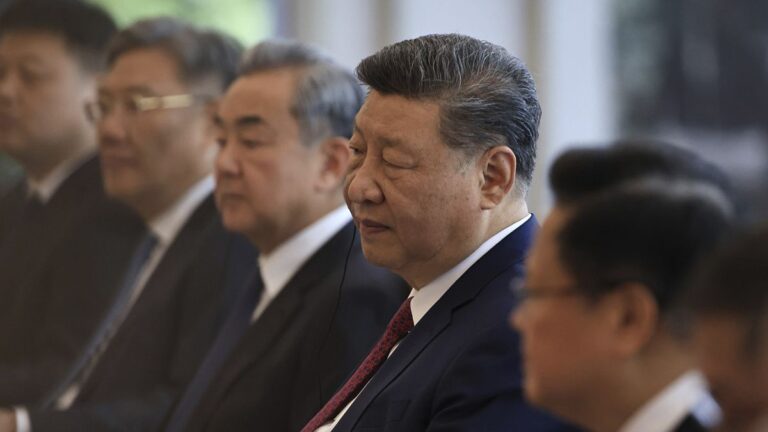China will raise tariffs on all US goods to 125%, up from 84%, effective Saturday.
The new tariff now matches the so-called ‘reciprocal’ levy the US imposes on Chinese imports, although Beijing said it won’t go any higher.
If we count tariffs the US previously imposed on China, the current rate on imported goods is 145%.
“Even if the US continues to impose higher tariffs, it will no longer make economic sense and will become a joke in the history of world economy,” said the Finance Ministry in a statement.
“At the current tariff level, there is no market acceptance for US goods exported to China. If the US continues to play the tariff numbers game, China will ignore it. However, if the US insists on continuing to substantially infringe on China’s interests, China will resolutely counterattack and fight to the end,” it continued.
Ahead of the US markets opening, the S&P 500 and Dow Jones fell in response to the news, extending a week of market volatility. The dollar slipped almost 2% against the euro shortly after China’s announcement.
After announcing a vast array of “reciprocal” tariffs on 2 April, President Trump earlier this week paused the majority of these levies for a period of 90 days, leaving in place a 10% baseline tariff on affected countries.
China was nonetheless exempt from Trump’s clemency, as the president announced that he would be raising tariffs on the country 125% — after Beijing imposed an 84% levy.
“Based on the lack of respect that China has shown to the world’s markets, I am hereby raising the tariff charged to China by the United States of America to 125%, effective immediately,” Trump said in a social media post.
This is a developing story and our journalists are working on further updates.


